
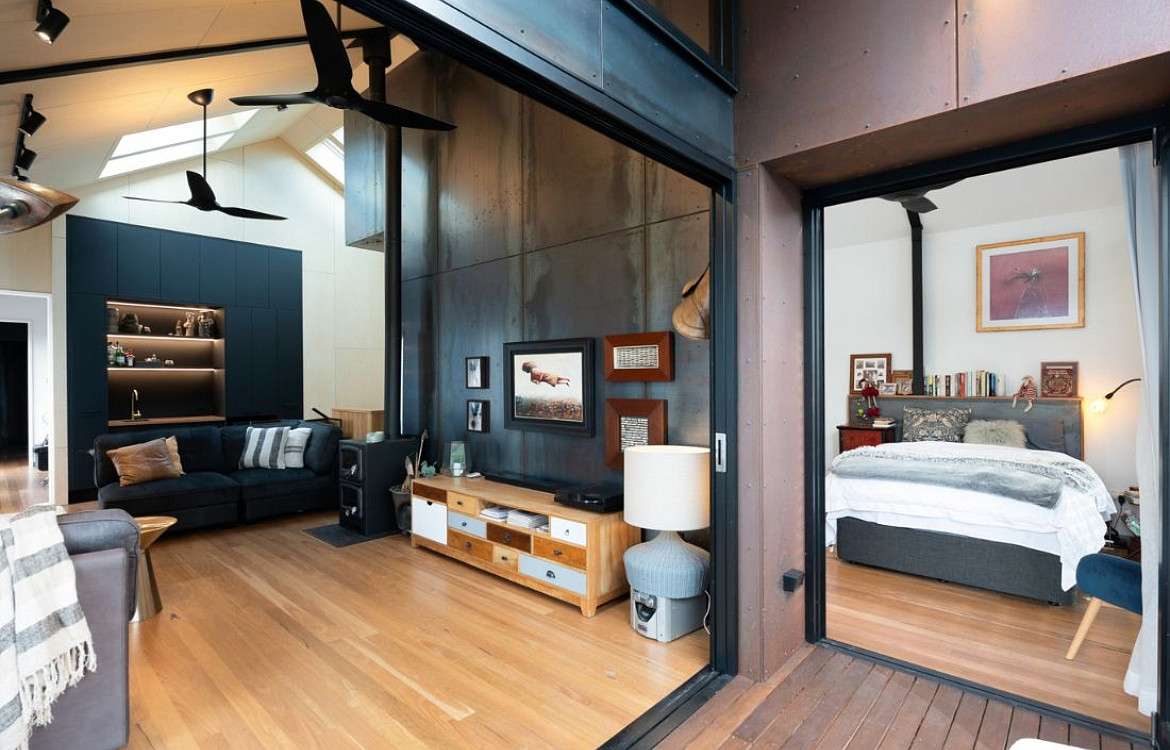
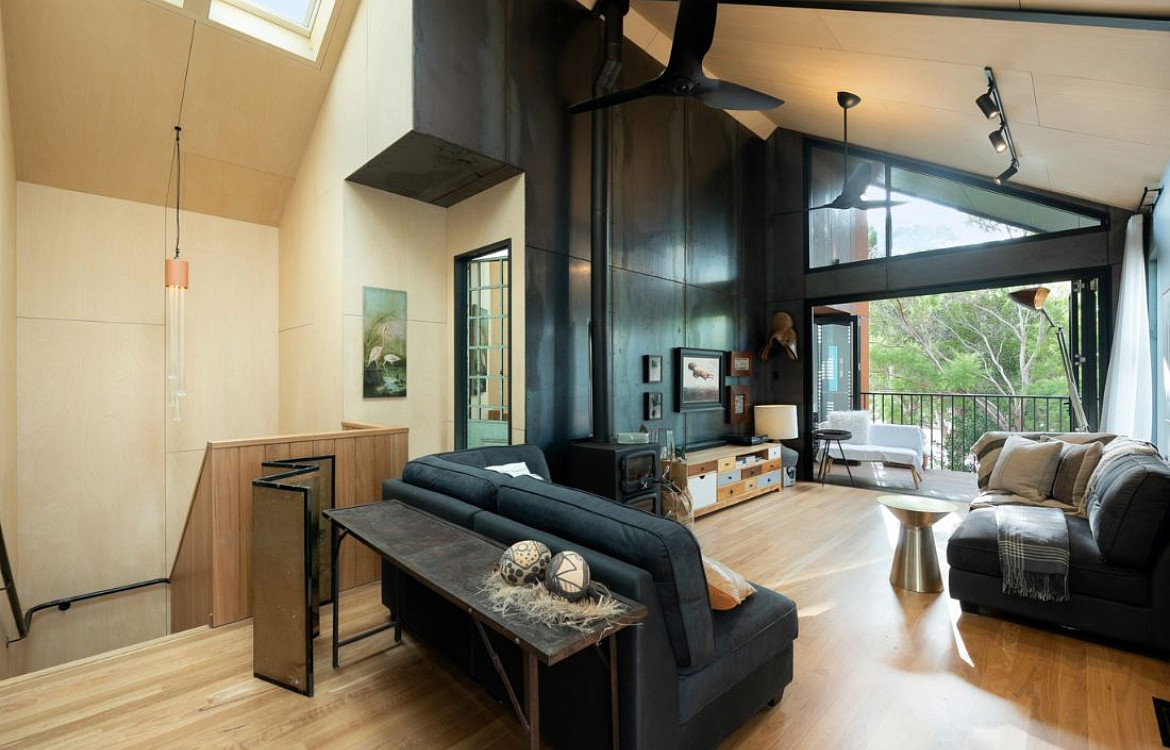
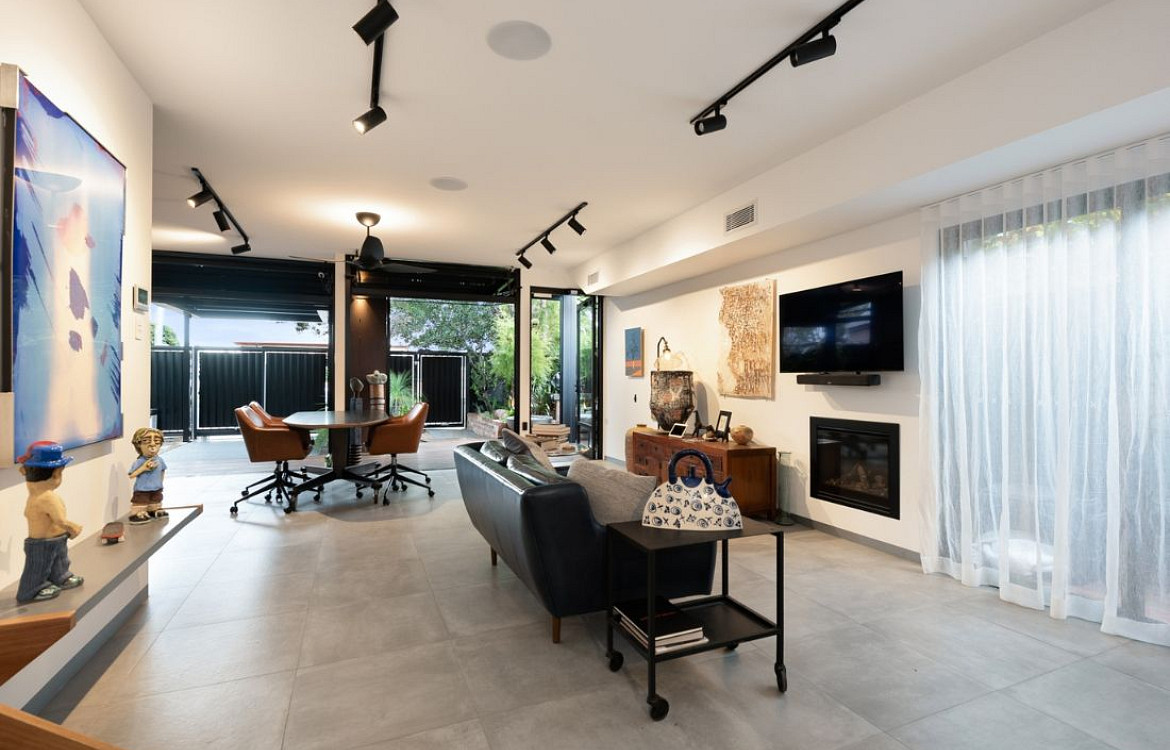
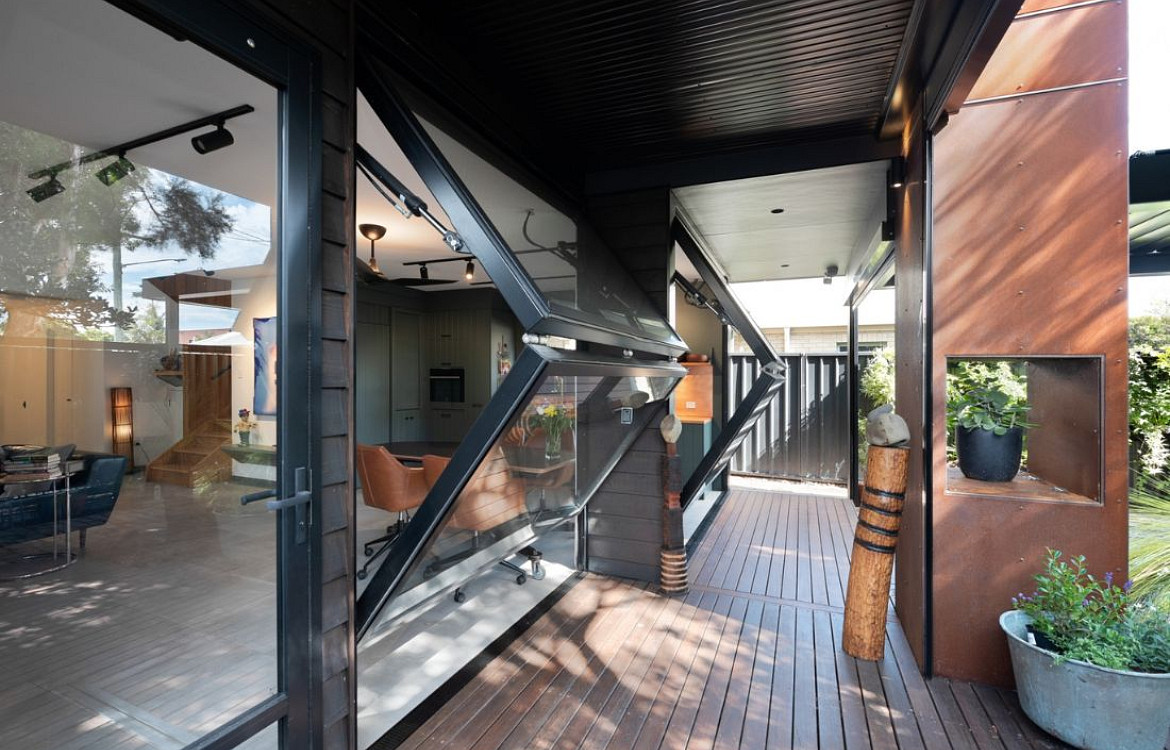
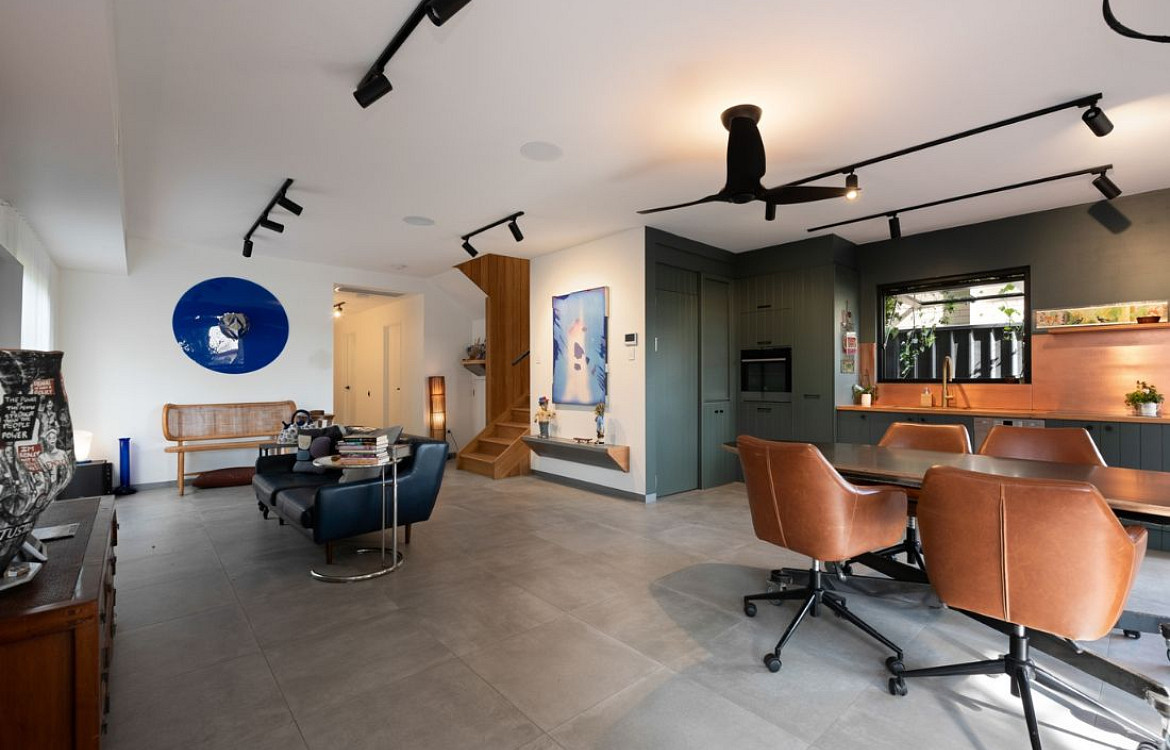
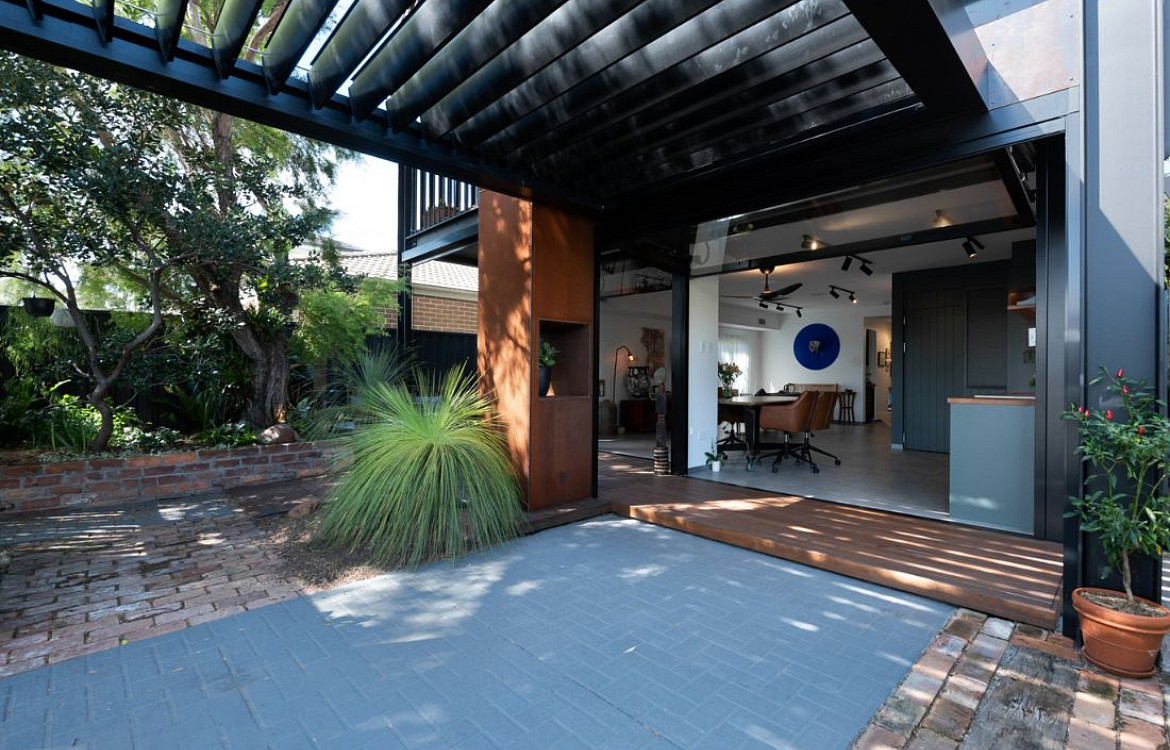
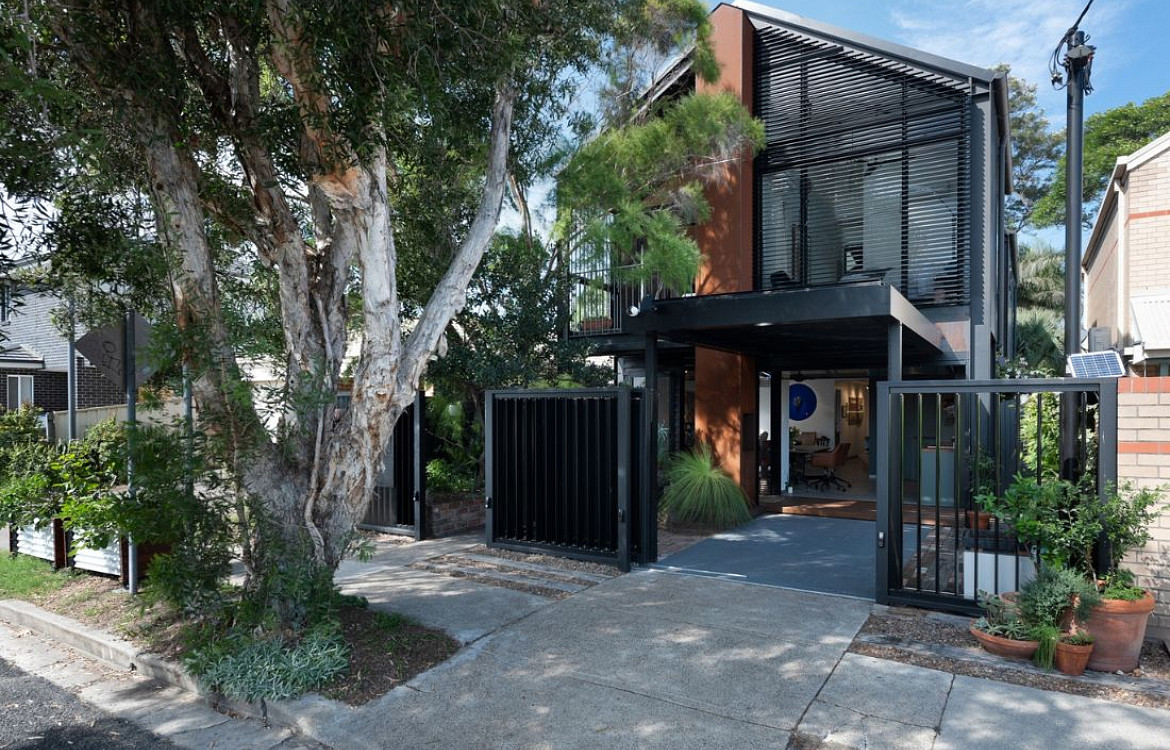

By CEDIA - Wed, May 7, 2025 - Blog
It’s important for everyone to have the opportunity to be in control of their lives, and to be able to enjoy their living environment. For disabled and elderly people, this can be a challenge. But it doesn’t always have to be. With the use of smart home technology, this group can take back control and live more independently, which in turn, also helps to reduce financial pressures on the social care system.
Here are two examples of assisted living installs that CEDIA members have recently worked on. These two projects are set in two very different environments and had diverse objectives in mind, but both pave the way for what smart home professionals can achieve in this sector.
A sanctuary of innovation and freedom emerges in Newcastle, Australia, where Custom Integration and Electrical, Derive Architecture & Design, and Harrison Building and Carpentry have transformed a residence into a model of accessible living.
This project redefines the interplay between architecture and technology, demonstrating that a home can significantly empower its residents.
The transformation is centred around Stewart, a resident living with progressive multiple sclerosis. His daily challenges and restrictions formed the foundation for his forever home.
Previously constrained by his physical environment, Stewart envisaged a residence where technology would restore his autonomy. The home allows him to control lights, doors, curtains, and even the lift with a simple touch on his smartphone, revolutionising his interaction with his living space.
The ground floor is dedicated to Stewart, featuring accessible living, dining, and kitchen areas that integrate seamlessly into the outdoor garden spaces that are vital to his lifestyle. Motorised doors and windows, a bespoke lift interface, and sophisticated control systems allow him to navigate his residence independently. These systems are intricately tied to both the functional and emotional aspects of the home, enhancing daily life through programmed lighting scenes that illuminate their art and create ambiance throughout the space.
Beyond functionality, the technology serves as a lifeline. Security systems, surveillance, and fire detection are all integrated into a central network that Stewart’s wife, Lesley can monitor from any location, ensuring safety and providing peace of mind. The adaptive AV system caters to Stewart’s background in film and television, offering not just entertainment but an immersive experience tailored to his preferences.
This project was a collaborative endeavour, shaped by extensive consultations with Stewart, Lesley, their carers, and occupational therapists.
Custom Integration and Electrical tailored every technological element to enhance not just physical access but also the overall quality of life, ensuring that each feature was robust, scalable, and responsive to their evolving needs.
As part of the UK Government ‘Local Skills Improvement Fund’ initiative, CEDIA member, Automated Spaces, was awarded a contract to create a ‘first of its kind in the world’ demonstration space to showcase what’s possible with regards to independent living technologies in six separate Further Education Colleges in Kent and Medway.
The demonstration spaces incorporate Automated Spaces’ unique approach of combining smart home solutions and a connected care platform to proactively assist people to live independently. They provide an immersive environment that allows students to learn increasingly critical skills in the healthcare sector and visitors to be shown this new ‘Evolution of Independent Living Technologies’.
The spaces have initially been created to highlight the positive outcomes that can be provided across three specific scenarios:
There is a wide array of independent living technology solutions included in the spaces; from a variety of manufacturers of home automation solutions to a connected care platform providing healthcare monitoring and insights.
The integration of these demonstration spaces marks a significant step forward in bridging education and real-world application. By allowing students to engage with cutting-edge independent living technologies, the colleges are preparing them to meet the demands of modern care environments and to champion innovative, person-centred solutions.
The colleges are also opening the demonstration spaces to stakeholders in the Health & Social Care sector in the region, including the NHS, Home Improvement Agencies, Housing Associations, Care Home, and Sheltered Housing providers. Some 350 students are expected to benefit from these facilities per year.
“We are really excited to be part of this innovative project to help train the next generation of Health & Care professionals,” comments Alan Matthews, Managing Director of Automated Spaces. “We’re looking forward to receiving the feedback from the students and staff using the demonstration suites to see if there are any further enhancements that can be made.”